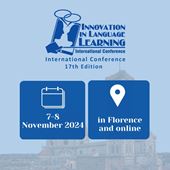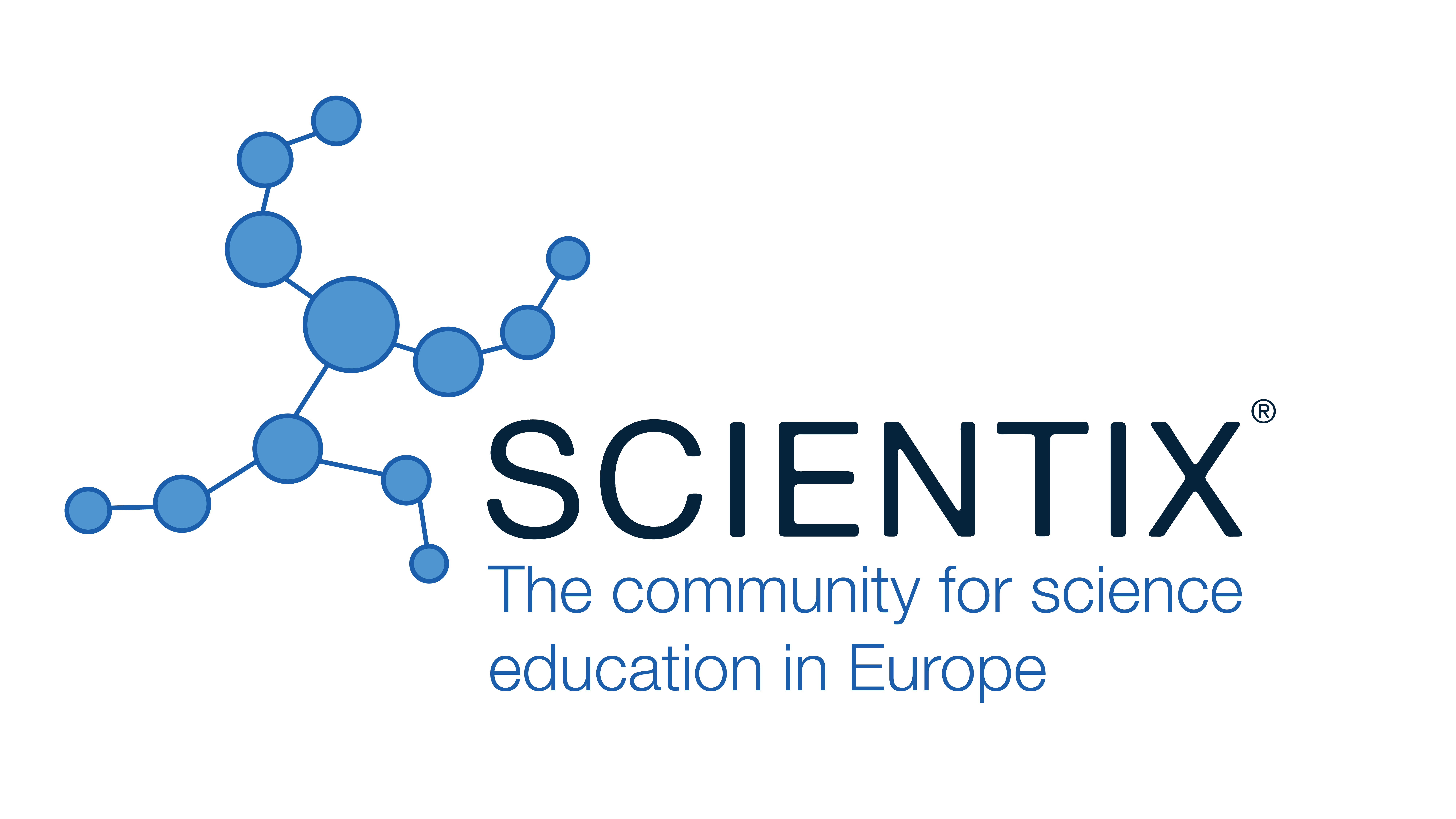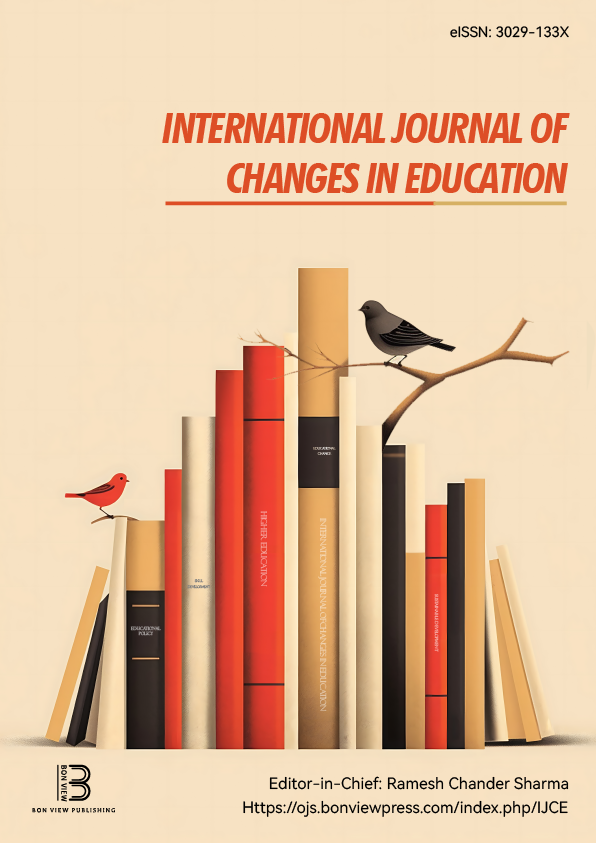Comparison of D-Glucose Concentration Between Terrace Rice and Lowland Rice
Yuki Otsubo, Toyo University (Japan)
Ayumu Yamazaki, Toyo University (Japan)
Kenichi Goto, Toyo University (Japan)
Abstract
In recent years, rice consumption in Japan has declined significantly. This trend is attributed to the diversification of dietary habits and the weakening recognition of rice’s cultural and nutritional value. Furthermore, climate fluctuations have made stable rice production difficult in certain regions. Rice has historically played a central role in Japanese food culture. Based on these cultural and scientific backgrounds, it is essential to re-evaluate the value of rice through school education and to promote a learning environment that conveys its significance. Integrating rice studies into STEM education enables scientific inquiry that bridges food and science. Terrace rice (tanada-mai) is often described as having a “sweeter” taste; however, its scientific basis remains unclear. Terrace rice tends to have higher sugar content than lowland rice[2][3], but the mechanisms underlying this difference have not been elucidated. During the soaking process, endogenous enzymes such as α-glucosidase convert starch into disaccharides and subsequently into D-glucose, yet the effects of temperature on these enzymatic reactions remain poorly understood. This study analyzes changes in D-glucose concentration during the soaking process of Niigata-grown Koshihikari rice[1], comparing terrace and lowland rice from the 2023 (old crop) and 2024 (new crop) harvests. By focusing on enzymatic activity under different temperature conditions, this research aims to clarify the scientific basis for the sweetness of terrace rice. The findings are expected to enhance the recognition of terrace rice and provide educational materials that communicate the scientific appeal of rice. As part of STEM education, this research seeks to integrate food culture and science, encouraging future learners to rediscover the value of rice.
|
Keywords |
Terrace rice, STEM education |
|
REFERENCES |
[1] Kikuchi, Itsuki. (2023). “Visible Quantification of Glucose in Rice During Cooking: Toward Application as an Educational Material.”Undergraduate Thesis. [2] Kikuchi, Chinana. (2021). “A Study on the Branding Process of Terrace Rice.” [3] Hokuriku National Agricultural Experiment Station. (1997). “A Simple Quantitative Method for Water-Soluble Sugars on the Surface of Milled Rice Using a Digital Refractometer.”National Agriculture and Food Research Organization (NARO), Kyushu University Institutional Repository. |
 New Perspectives in Science Education
New Perspectives in Science Education





























